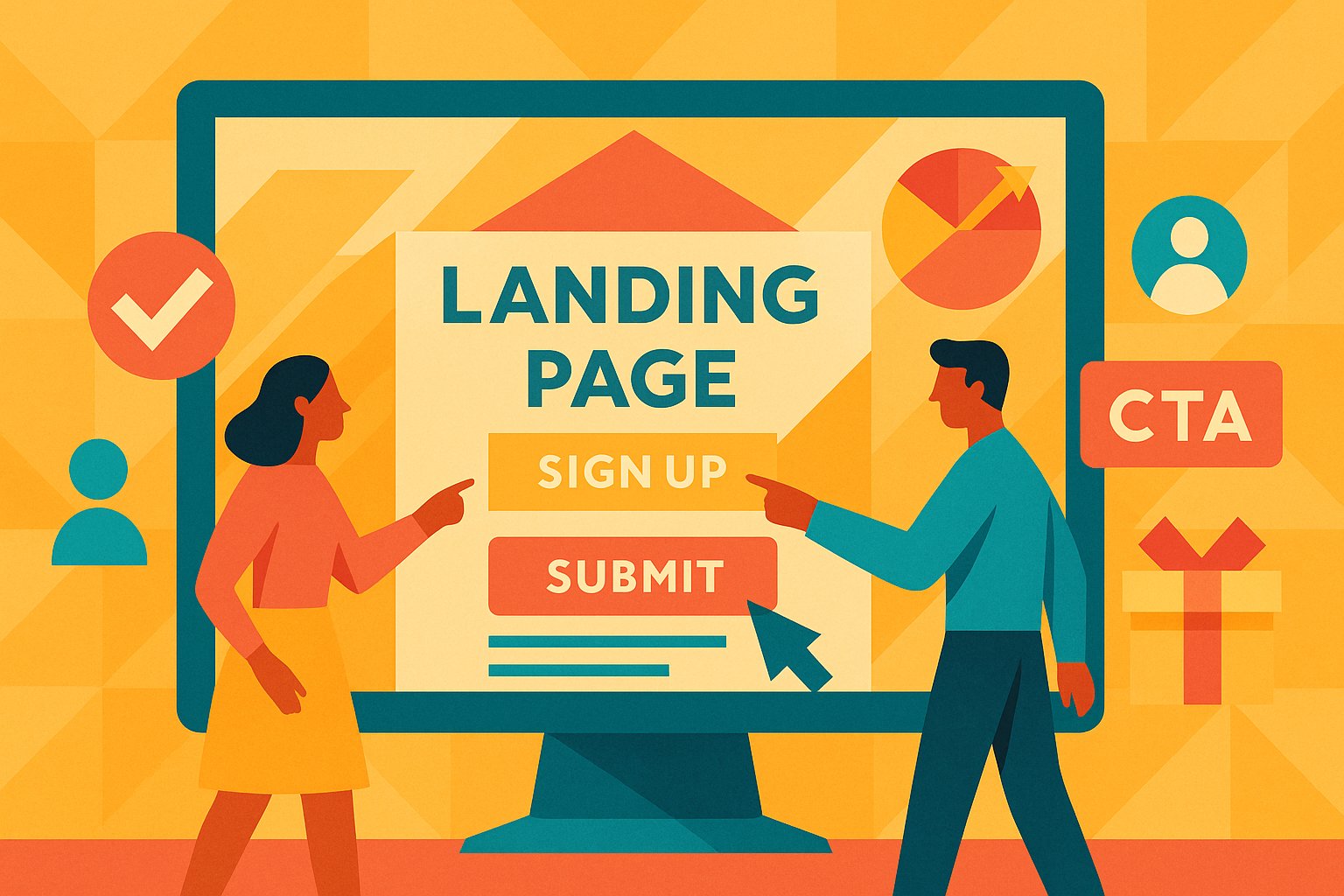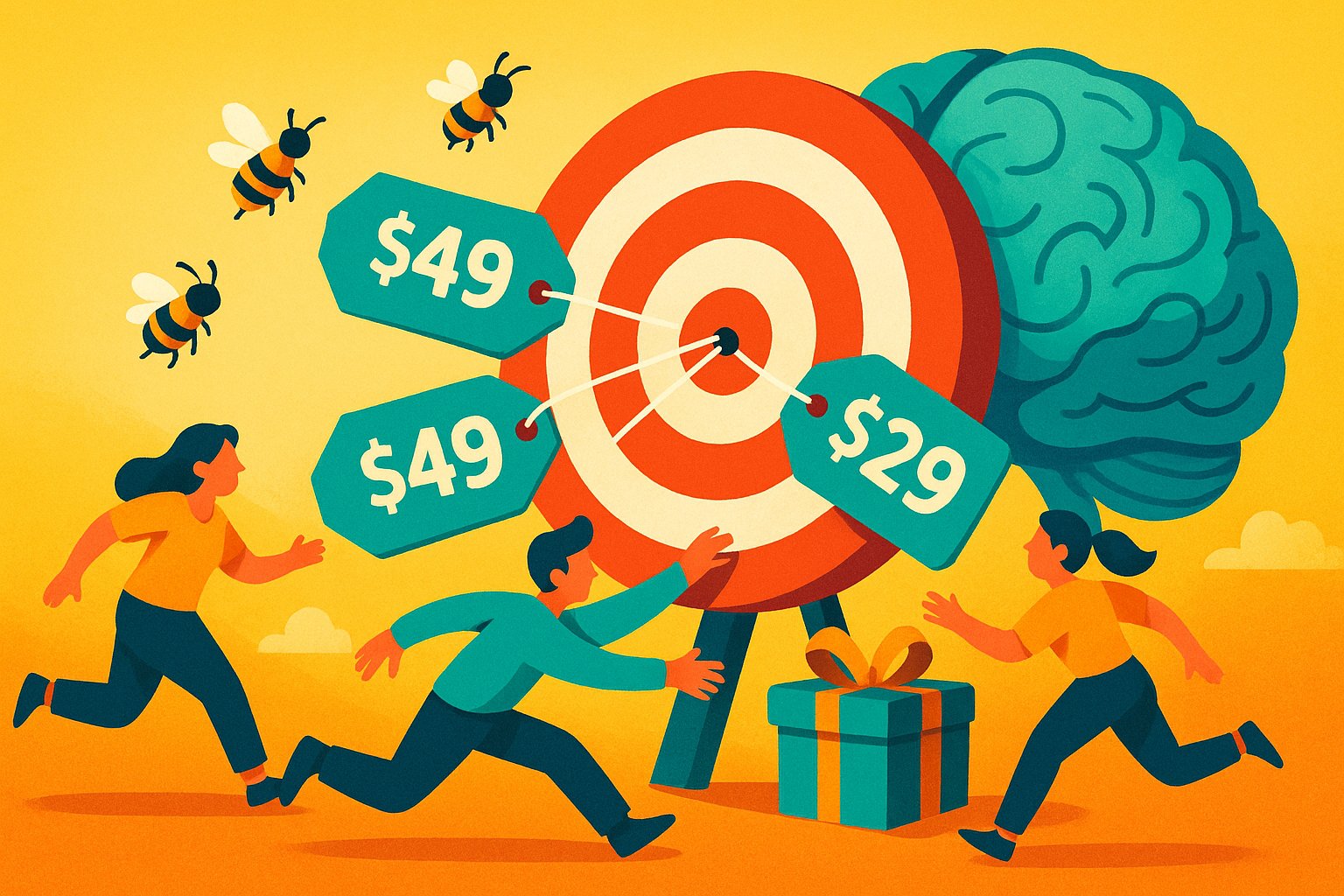Why Physical vs Digital Perk Pricing Matters
When you launch a crowdfunding campaign or membership drive, deciding how to price rewards is as critical as the product itself. Physical perks—think branded T-shirts, limited-edition vinyl, or artisanal handcrafted goods—carry tangible production, shipping, and inventory costs. Conversely, digital rewards—exclusive e-books, downloadable wallpapers, or early-access game keys—carry minimal marginal cost but require careful attention to perceived value and platform delivery methods. Striking a balance between these two reward types demands not only rigorous cost accounting but also a nuanced understanding of backer psychology, logistical hurdles, and brand positioning. Underprice physical items, and you risk depleting your budget before fulfillment; overprice digital goods, and backers may question why a downloadable code costs more than a mass-produced hat.
Crafting a robust perk pricing model begins with an in-depth exploration of how physical and digital rewards differ across multiple dimensions: manufacturing overhead versus development time, shipping logistics versus instant gratification, and shelf life versus perpetual access. These contrasts shape how backers evaluate your tiers. When done right, a hybrid approach—offering both physical and digital perks in tandem or separately—can broaden your appeal, accommodating supporters who value tangible mementos as well as those who appreciate on-the-spot digital gratification. In this opening section, we’ll delve into the foundational principles that inform pricing strategies for both realms, setting the stage for an article that empowers you to price with precision, preserve margins, and excite backers with rewards they genuinely covet.
Weighing Tangible Costs: The Anatomy of Physical Reward Pricing
Physical rewards bring immediate gratification—a handcrafted sketchbook, a branded enamel pin, a premium vinyl pressing. Yet with that tangibility comes complexity. You must account for raw materials, labor, quality control, packaging, and even warehousing if you anticipate storing inventory between production runs. For instance, a limited-run ceramic mug may cost $4 in clay and glaze, $3 in labor, and an additional $2 in packaging materials and protective wrapping. That $9 baseline must be marked up not only to cover payment processing and platform fees but also to fund potential returns or defects. If local or international shipping adds $8 per unit, and your platform fees hover around five percent plus transaction fees, your break-even point might be closer to $25 rather than the $10 raw production cost.
Even more, consider seasonal fluctuations in supplier pricing: copper or cotton shortages can unexpectedly inflate material costs, demanding a built-in buffer. Then there are volume considerations—ordering 500 custom T-shirts versus 5,000 can swing unit costs dramatically due to bulk discounts or reduced setup charges. Accounting for these nuances ensures physical perk prices reflect real costs, buffer margins for unexpected upticks, and set realistic delivery estimates that won’t disappoint backers. Effective physical reward pricing forms the bedrock of trust; when backers receive sturdy, well-crafted items on time, they become ambassadors for your brand rather than cautionary tales of insufficient planning.
Calculating Intangible Investment: The Dynamics of Digital Perk Pricing
Unlike their physical counterparts, digital rewards come with near-zero marginal cost: once you craft an e-guide, produce a soundtrack, or code an app, distributing extra copies costs virtually nothing. Yet digital perks carry their own hidden expenses—development time, platform fees for hosting downloads, potential licensing for fonts or stock assets, and ongoing customer support if files become corrupt or links break. For example, creating a professionally designed e-book might require 40 hours of design work at $25 per hour, $50 for stock photography licenses, and $100 for initial editing. While distributing 100 copies costs nothing extra, the initial fixed investment of $1,150 translates to a base cost of $11.50 per copy if 100 backers claim the perk. If 500 claim it, that base drops to $2.30 per copy—so understanding expected uptake is critical when setting prices.
Furthermore, perceived value hinges on production quality—an e-book with amateur graphics and inconsistent formatting feels cheap, prompting backers to balk at even a modest $5 price tag. Conversely, a premium digital perk—such as a fully scored soundtrack with liner notes—can command $20 or more when accompanied by behind-the-scenes video documents. Subscription platforms, exclusive membership sites, or custom software unlocks also require ongoing maintenance and hosting fees, so pricing must cover these recurring costs. By carefully modeling both one-time development costs and long-tail support expenses, you ensure digital perks deliver maximum ROI without undermining community goodwill or jeopardizing future updates.
Bridging Perceived Value: Pricing that Resonates Emotionally
Beyond raw costs, backers assign value based on emotional resonance. Physical rewards often evoke a tactile connection—feeling the weight of a metal coin, admiring finely printed artwork, or holding a garment woven with promotional flair. This sensory appeal can justify premium pricing if you highlight craftsmanship or scarcity: “Only 50 hand-numbered prints available” resonates more powerfully than “Digital poster download.” Conversely, digital rewards excel at immediacy: backers receive a downloadable template or unlock an exclusive game beta the moment they pledge. This instant gratification carries its own weight. A digital perk that offers early access to a highly anticipated feature might be priced at $30 because it grants prestige and insider status.
To unify these disparate elements, lean on storytelling. When you price a physical perk, share the narrative of the artisan who handcrafted it or the eco-friendly materials used. For digital perks, emphasize the time-sensitive advantage—“Be part of the first 100 players to explore our game world.” These value narratives shape perception far more than numbers alone. One can frame a physical reward’s scarcity and craftsmanship as an investment in a piece of art, while a digital reward’s immediacy and exclusivity become an investment in community status. Blending cost transparency with emotional storytelling ensures backers feel confident that every dollar they pledge secures an experience they truly value.
Crafting Hybrid Tiers: Combining Physical and Digital for Maximum Appeal
Hybrid tiers fuse the best of both worlds—pairing a tangible item with a digital bonus—that can elevate perceived value while improving margin balance. For example, a $50 tier might include a physical art print plus a downloadable making-of video and a private webinar pass. The digital component adds negligible marginal cost, boosting perceived value without eroding profits. Hybrid perks shine when both elements reinforce each other thematically: a board game backer receiving the physical game box alongside an exclusive digital expansion pack creates cross-modal excitement, validating the higher price point.
When structuring hybrid tiers, ensure each component has balanced allure. If the physical item feels underwhelming, the digital add-on alone may not suffice to justify cost. Likewise, an exquisite physical reward can overshadow a hastily produced digital file. Use hybrid tiers to entice backers who value both tactile and virtual experiences—early adopters who want to display their support physically and share their participation on social platforms via exclusive digital badges. By thoughtfully merging physical and digital experiences, you cater to a broader audience segment, often motivating mid-level backers to opt for these balanced, mid-range price points that deliver both immediate and lasting engagement.
Handling Logistics: Shipping Versus Digital Delivery Platforms
Managing delivery pathways highlights a core divergence in perk pricing models. Physical rewards demand meticulous shipping logistics—warehousing, packing, labeling, customs documentation, and reliable courier partnerships. Variability in postage costs can wreak havoc on budgets if unforeseen surcharges pop up. For instance, one extra ounce of weight might push a package into a higher shipping bracket, costing an additional $5 per unit. Aggregating these costs across hundreds of backers can drastically shift your true price calculations. To mitigate this, incorporate variable shipping add-ons or flat-rate tiers based on regions, ensuring transparency and avoiding unexpected financial strain.
In contrast, digital rewards rely on robust hosting infrastructure and platform compatibility—whether delivering via a secure download link, a DRM-protected file, or an API key. While overhead per unit is minimal, platform security, server bandwidth, and customer support can incur recurring expenses. If a digital perk includes lifetime updates—such as ongoing access to a software suite or periodic webinar invitations—your pricing must reflect this sustained commitment. Furthermore, ensure your digital delivery system scales gracefully, avoiding server crashes during peak download moments. By anticipating operational intricacies—postage inflation, regional duties, server load, and customer inquiries—you craft pricing models that remain reliable, cost-effective, and transparent, reinforcing backer trust.
Adapting Pricing to Market Feedback and Analytics
Even the most meticulously planned pricing models require real-time refinement. Leverage data analytics throughout your campaign to gauge perk uptake, conversion ratios, and drop-off points. If a mid-tier physical perk stalls despite compelling visuals, perhaps its price surpasses perceived value. Consider adding a low-cost digital bonus—such as exclusive behind-the-scenes photos—to boost appeal without dramatically raising costs. Conversely, if a premium digital perk sells out rapidly, you may have underpriced it. Introduce a second wave—perhaps a “Deluxe Digital Experience” with added training videos or VIP chat access—at a higher price, ensuring you capture backers willing to pay for deeper involvement.
Continuous testing—A/B trials of tier names, price points, or bonus combinations—yields critical insights. For example, trialing “Deluxe Collector’s Edition” versus “Founders Circle VIP” can reveal whether backers respond more to collector prestige or community belonging. Analyze traffic sources and conversion metrics to identify which messaging resonates and adjust your perk descriptions accordingly. By embracing an adaptive pricing mindset—where you iterate based on concrete feedback—you keep your campaign agile, ensuring that physical and digital reward structures align with backer preferences and market dynamics.
Sustaining Value Post-Fulfillment
After the dust settles on your campaign, the true test of pricing success emerges in fulfillment and post-delivery engagement. For physical rewards, ensure quality control is unwavering: a misshapen mug shipped to early supporters erodes trust built through pricing transparency. Collect testimonials, unboxing videos, and social media posts to showcase that physical perks live up to expectations, reinforcing the premium nature of your price points. For digital rewards, celebrate each download milestone, offer regular updates, and address technical issues promptly to demonstrate ongoing value. An early adopter who experiences seamless digital access is more likely to recommend your future projects.
Leverage feedback loops—surveys, community forums, and direct emails—to gather insights on how well perks matched backer expectations. Use these learnings to refine pricing for subsequent product launches, ensuring each new campaign demonstrates growth in both deliverable quality and perceived value. By nurturing your backer base with authentic follow-through—transparent fulfillment, proactive support, and exclusive post-campaign perks—you validate your pricing strategy and pave the way for sustained loyalty, positioning your next project for even greater success.
Mastering Perk Pricing Across Two Worlds
Perk pricing models for physical and digital rewards demand a multifaceted approach—one that blends precise cost accounting with emotional storytelling, logistical acumen with agile adaptation. Physical rewards call for rigorous cost buffers, transparent shipping structures, and craftsmanship narratives that justify premium tiers. Digital rewards thrive on swift delivery, scarcity elements, and continuous updates that reinforce value long after the pledge. Hybrid tiers bridge the gap, seamlessly merging tangible and intangible benefits that resonate with a broader spectrum of backer personas. Throughout your campaign, rely on real-time analytics to fine-tune price points, unlock new opportunities, and correct course where uptake falters.
By mastering these distinct yet complementary pricing paradigms, you wield a versatile toolkit capable of engaging both collectors craving a tactile memento and digital enthusiasts seeking instant access and exclusivity. When backers perceive that their dollars translate into experiences of genuine quality—whether unboxing a handcrafted piece or unlocking an exclusive digital archive—you cultivate not only successful funding but lasting advocacy. In this dynamic equilibrium between physical and digital, pricing becomes a strategic catalyst, fueling excitement, driving engagement, and propelling your next venture toward enduring success.




